sueromin is use for Cattle, sheep and horse Treatment and prevention of deficiency states of the substances
active ingredients of the veterinary medicinal product, a consequence of dehydration, to maintain the
fluid and electrolyte requirement.
Contraindications
Do not use in cases of hypersensitivity to the active substances or to any of the excipients. Do not use in
animals with edematous processes of circulatory or infectious origin, nor in animals with:
hyperglycemia, hypernatremia, hyperkalemia, hypercalcemia or hypermagnesemia.sueromin
Special warnings for each target species:sueromin
None.
Special precautions for use:
Special precautions for use in animals:
At the time of administration, the solution must be at body temperature.
Intravenous administration will be carried out slowly and under aseptic conditions,
simultaneously controlling cardiac function, interrupting administration
immediately if signs of cardiac disturbance are observed. If the infusion is prolonged,
Another vein should be selected after 12-24 hours. The infusion material should
be changed every 24 hours.
Do not administer together with blood or through the same infusion material that has been
used or can be used for the administration of blood, as there is a possibility of
develop agglutination and hemolysis.
It should be administered with caution in animals with renal insufficiency, being recommended
control magnesium, calcium and potassium levels in severe kidney failure, for example
risk of accumulation of these ions.
Administration of high volumes can lead to circulatory overload and edema
pulmonary.
Specific precautions to be taken by the person administering the medicinal product
veterinarian to animals:
In case of accidental self-injection, consult a doctor immediately and show him the
package insert or label.
People with known hypersensitivity to active substances or excipients should
administer the veterinary medicinal product with caution.
Adverse reactions (frequency and severity):
Dilution effects of clotting factors and albumin and potentially development
of generalized edema, related to crystalloid solutions, can occur in
very rare occasions.
The animal may show restlessness, tachycardia, tachypnea, cough, runny nose and crackles,
if the rate of intravenous administration is too fast.
The frequency of adverse reactions should be classified according to the following groups:
– Very frequently (more than 1 animal for every 10 animals treated has adverse reactions)
– Frequently (more than 1 but less than 10 animals for every 100 animals treated)
– Infrequently (more than 1 but less than 10 animals per 1,000 animals treated)
– Rarely (more than 1 but less than 10 animals per 10,000 animals treated)
– Very rarely (less than 1 animal in 10,000 animals treated, including
isolated cases).
Use during pregnancy, lactation or lay:
Pregnancy and lactation:
Use only according to the benefit / risk assessment by the veterinarian.
responsable.
Interaction with other medicinal products and other forms of interaction:
Do not administer together with cardiac glycosides as it can cause arrhythmias.
Administration together with neuromuscular blocking agents enhances the effect
blocking.
Dosage and route of administration:
Slow intravenous line.
Intravenous administration will be done slowly and with the liquid at body temperature.
Dosage and treatment rhythm must be established by the veterinarian in accordance with
the animal species, severity and evolution of the pathological process, that is, requirements of
energy, electrolytes and fluid volume of the animal.
The maintenance requirement is proportional to the body surface or body size.

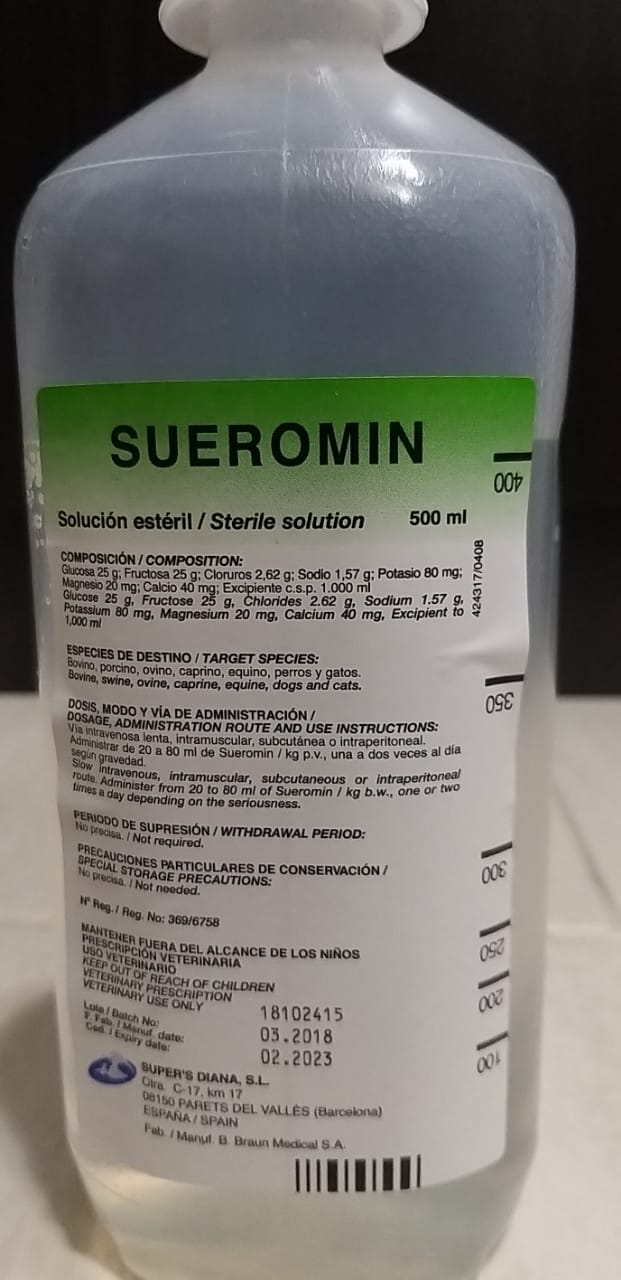


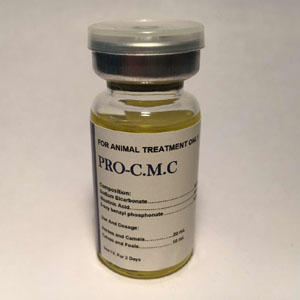


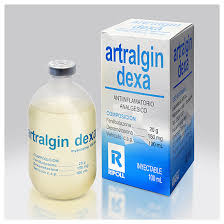
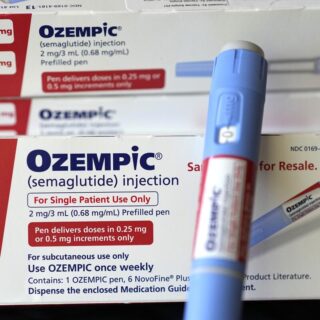
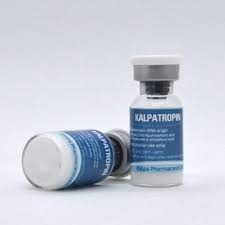
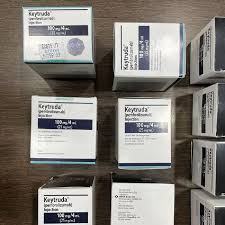
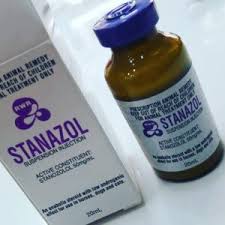
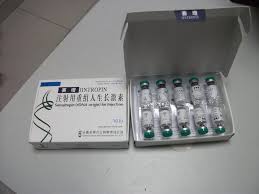
Reviews
There are no reviews yet.